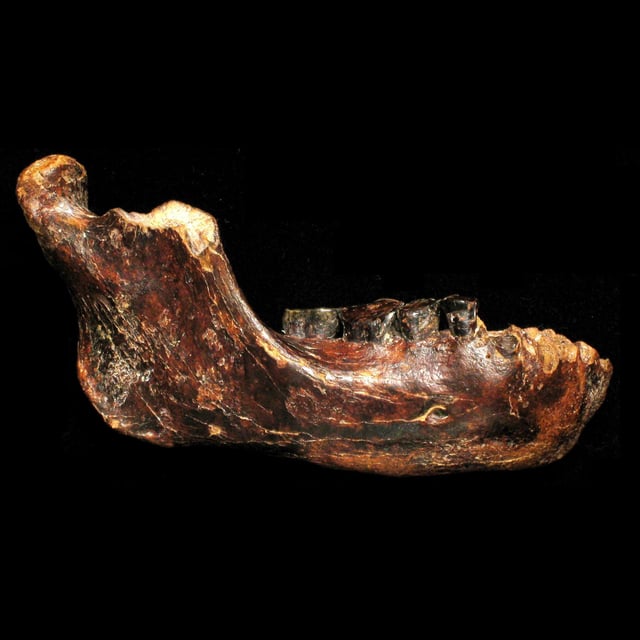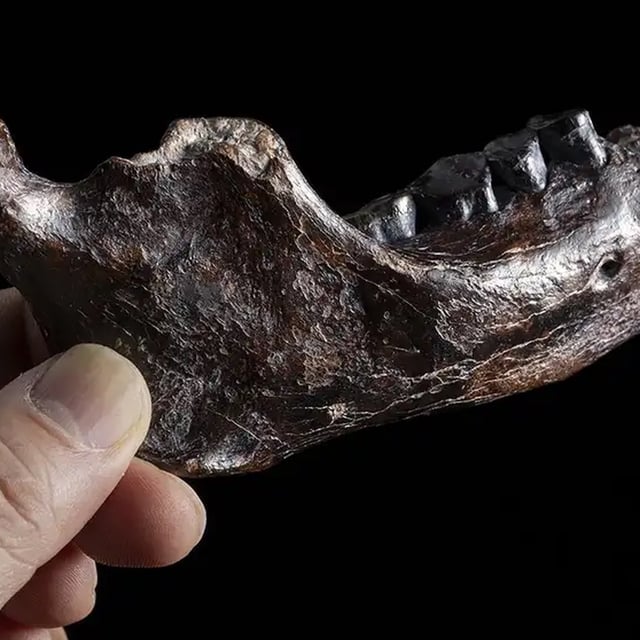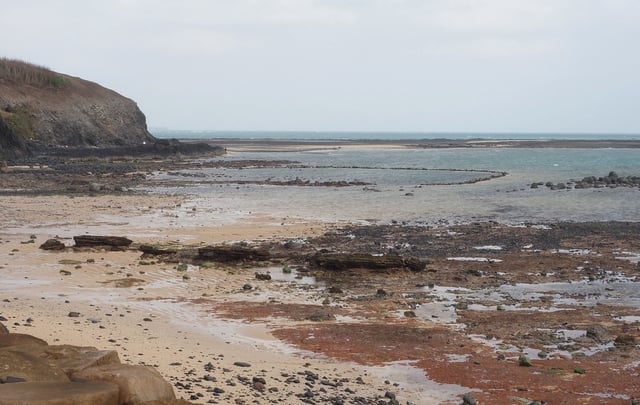Overview
- The Penghu 1 jawbone, dredged from Taiwan's Penghu Channel, has been confirmed as Denisovan using paleoproteomic techniques that identified unique protein markers.
- This discovery marks the first Denisovan fossil found in subtropical Taiwan, expanding their known habitat beyond Siberia and the Tibetan Plateau.
- Analysis of the jawbone revealed robust morphology, with large molars and a sturdy mandible, distinguishing Denisovans from Neanderthals and Homo sapiens.
- The fossil belonged to a male Denisovan, as indicated by Y-chromosome peptides detected in the dental enamel.
- The exact age of the fossil remains uncertain, with estimates ranging from 10,000 to 190,000 years based on associated animal fossils and sea-level data.



